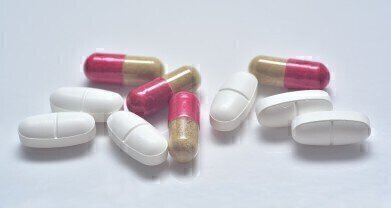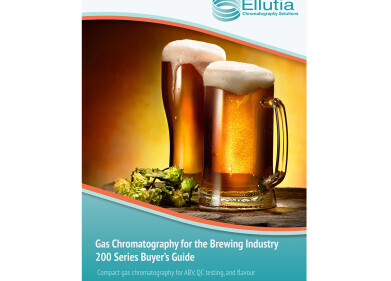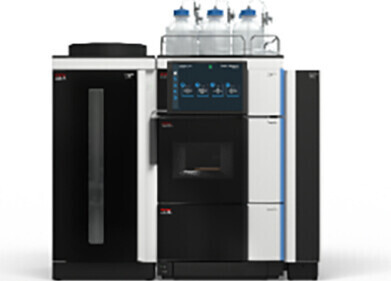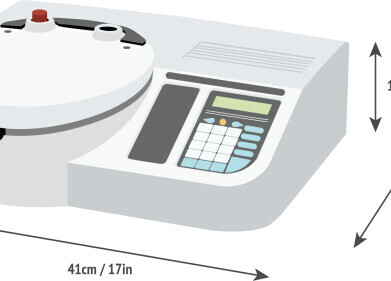Chromatography
Should We Combine Antibiotics?
Aug 04 2018
From strep throat to urinary tract infections, antibiotics are used to fight off a host of ailments. Most patients understand the importance of following instructions and completing courses, though there is little research on the effects of combining different types of antibiotics.
Now, a new study conducted by the European Molecular Biology Laboratory has confirmed that depending on the bacterial species, combining different types of medication can change effectiveness. Furthermore, mixing antibiotics with non-antibiotic drugs and food additives can hinder performance and even assist in developing antibiotic resistance.
Experimenting with antibiotic cocktails
The study, published in the journal Nature and led by EMBL group leader Nassos Typas, was the first large-scale screening of its kind and saw researchers combat a trio of disease-causing bacteria using almost 3000 different drug combinations. Each combination was individually profiled, with Typas and his team finding that misuse and overuse of antibiotics can lead to a heightened risk of resistance.
While many drug combinations weaken the power of antibiotics, more than 500 pairings actively improved outcomes. For example, when vanillin, a phenolic aldehyde organic compound found in the vanilla bean, was used alongside an antibiotic known as spectinomycin it helped the drug to penetrate bacterial cells and quash growth.
"Of the combinations tested, this was one of the most effective and promising synergies we identified," comments Ana Rita Brochado, co-author of the paper and EMBL research scientist.
She asserts that such potent pairings could arm scientists in the fight against antibiotic resistance and help develop innovative new solutions.
Selective targeting used to protect healthy bacteria
The team also maintain that as well as heightening effectiveness, drug combinations that inhibit effectiveness could also prove useful in the medical sphere.
"Antibiotics can lead to collateral damage and side effects because they target healthy bacteria as well," explains Typas. "But the effects of these drug combinations are highly selective, and often only affect a few bacterial species. In the future, we could use drug combinations to selectively prevent the harmful effects of antibiotics on healthy bacteria. This would also decrease antibiotic resistance development, as healthy bacteria would not be put under pressure to evolve antibiotic resistance, which can later be transferred to dangerous bacteria."
While all compounds have been approved for use with humans, they won't hit mainstream pharmacies until clinical trials and mice studies are completed. Until then, patients are advised to closely follow unique antibiotic instructions and avoid mixing substances without approval from a doctor.
Following widespread legalisation, cannabis could soon join antibiotics as a staple in pharmacies across the globe. For more information on the cannabis revolution don't miss 'Good is Not a Number - Challenges in the Cannabis Extraction Manufacturing: Transitioning from Traditional Subjective to Modern QC/QA/PAT Chromatographic Analysis'.
Digital Edition
Lab Asia Dec 2025
December 2025
Chromatography Articles- Cutting-edge sample preparation tools help laboratories to stay ahead of the curveMass Spectrometry & Spectroscopy Articles- Unlocking the complexity of metabolomics: Pushi...
View all digital editions
Events
Jan 21 2026 Tokyo, Japan
Jan 28 2026 Tokyo, Japan
Jan 29 2026 New Delhi, India
Feb 07 2026 Boston, MA, USA
Asia Pharma Expo/Asia Lab Expo
Feb 12 2026 Dhaka, Bangladesh



















